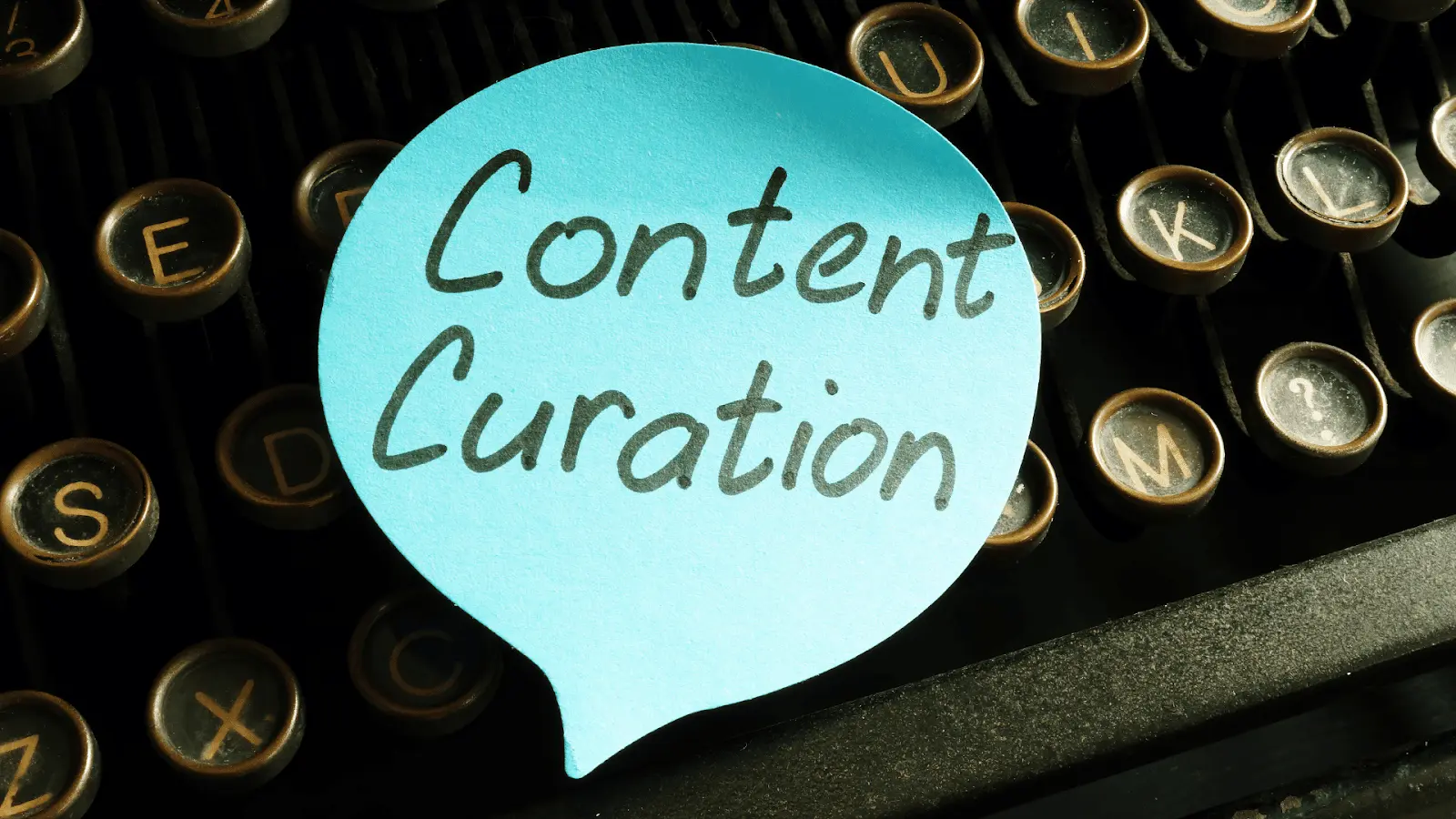In a world flooded with articles, posts, and videos, standing out is no longer just about what you say, but how you say it. Editorial content creation goes beyond writing—it's the art of crafting relevant, well-structured, and strategic content designed to inform, engage, or persuade a specific audience.
What is editorial content creation?
Editorial content creation refers to all written material published on digital or print platforms with the aim of informing, storytelling, or adding value. Unlike simple text writing, it’s based on an editorial intent (to attract, inform, retain) and a strategic framework—tone, channel, audience, schedule, and goals.
Why is it essential?
| Goal | What it changes |
|---|---|
| Stand out in a sea of content | Well-crafted content sets you apart instantly. |
| Build a connection with your audience | You earn the trust of readers who keep coming back. |
| Showcase your expertise | You become a go-to authority in your field. |
| Boost your SEO visibility | Great content drives clicks—and gets search engines’ attention. |
1. Start by knowing your audience

Creating content without knowing your audience is like writing a letter with no recipient. Here’s how to tailor your content to your readers’ real expectations:
Analyze their profile:
- Demographic data (age, profession, industry)
- Behaviors (preferred formats, reading habits)
- Motivations, frustrations, and interests
Create personas:
- Persona “Julie, freelancer,” “Rachid, e-commerce business owner,” etc.
- Goals, pain points, tone to use, expected formats
Get actionable insights through:
- Surveys, questionnaires
- Traffic statistics (Google Analytics)
- Comments, direct messages, FAQs
Result:
You're no longer “speaking into the void,” but delivering a targeted, useful, and anticipated message.
2. The golden rules of impactful editorial content

Creating relevant content isn’t just about your writing style—it’s about a set of concrete practices.
| Best Practice | Why It Matters |
|---|---|
| A clear, engaging headline | It’s the entry point—it needs to make people want to click. |
| Clean, scannable structure | Subheadings, short paragraphs, bullet points → to keep attention. |
| A strong central message | Every piece should have a clear goal (inform, persuade…). |
| Real added value | You meet a need or clarify something that’s unclear. |
| A recognizable editorial voice | Authenticity builds connection and makes you memorable. |
| Careful proofreading | No typos, no confusing sentences = a sign of professionalism. |
💡 Always ask yourself this before publishing:
“If I were my reader, would I read this all the way through?”
3. Optimize and evolve your content
Great content is also content that lives and adapts.
Track its performance:
- Average time on page
- Bounce rate
- Clicks on internal links
- Shares or reactions
Adjust based on subtle signals:
- Add visuals, tables, summaries
- Rewrite a vague angle or headline
- Update outdated information
Think about repurposing:
- One article = a carousel, a short video, a newsletter snippet
- You expand your reach without starting from scratch
Conclusion
Creating high-quality editorial content is more than just writing—it’s about conveying meaning, structuring ideas, and speaking to people with clarity and impact. It’s one of the most powerful ways to build lasting value—for both your audience and your visibility.
Take the time to understand, structure, and refine every detail. Because great content… keeps working for you long after it’s published.
If you're also publishing on TikTok, certain strategies like free TikTok followers can temporarily boost your visibility. This kind of tactic can help amplify the reach of strong content—especially during a launch phase. But be careful: without consistency or editorial coherence, those followers will remain passive. It's better to use this approach as a test or a one-time support tool for standout content.
Some creators also choose to buy TikTok followers to give their social presence a quick boost. It’s a tool for instant visibility that can work—if your content delivers behind it. But like any artificial boost, the real impact depends on the editorial quality you continue to maintain. Buying followers never replaces a content strategy: it supports it, as long as you know how to use it wisely.
FAQ – Editorial Content Creation
What’s the difference between web writing and editorial content?
Web writing often serves SEO or commercial goals. Editorial content aims to inform or engage with a deeper journalistic or editorial approach.
How many words for effective content?
Focus on value, not just word count. That said, anywhere between 800 and 1500 words usually lets you explore a topic in depth without losing the reader’s attention.
Should I write it myself or delegate?
If your voice is key to your brand, write it yourself. Otherwise, you can delegate—as long as you provide a clear brief on tone, intent, and personas.




